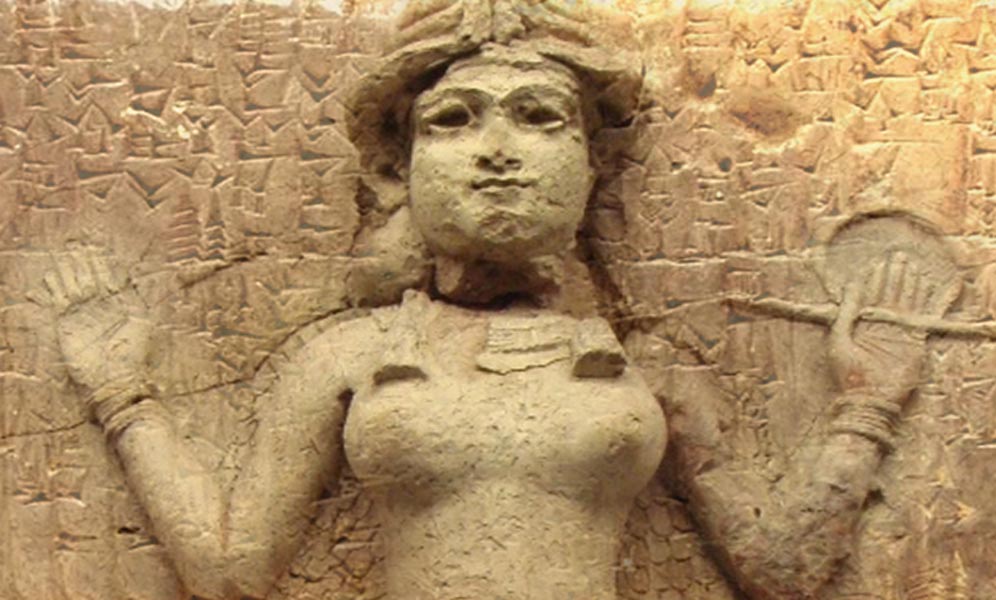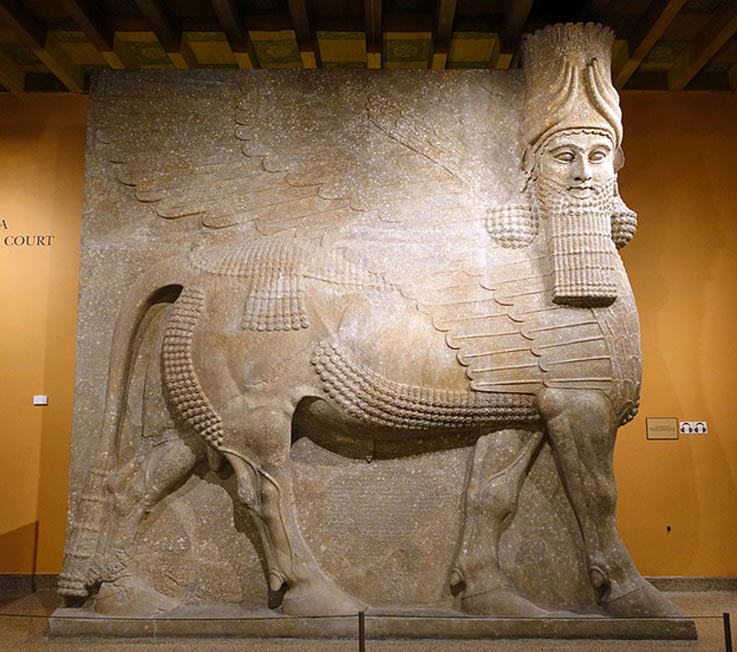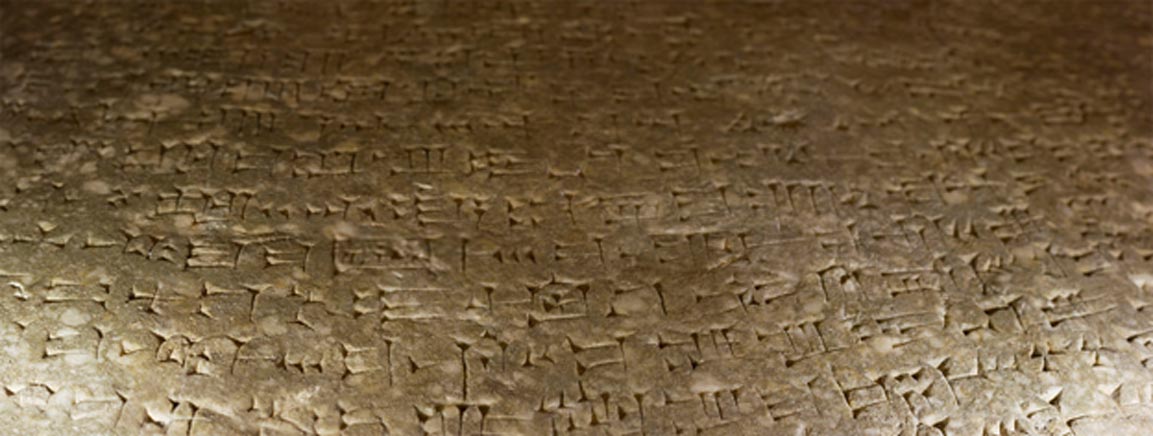
Intellectual, Code Breaker, Blasphemer: George Smith and the Ancient Chaldean Account of Genesis
George Smith was born in 1840 in London to poor parents, and consequently left school at the tender age of fifteen to take up an apprenticeship with Messrs Bradburry and Evans, a firm of engravers situated not far from the British Museum. Young George worked hard and saved his wages to buy all the latest works about Mesopotamia, the Land Between the Rivers.

George Smith, pioneering English Assyriologist (Public Domain)
Often he would spend his lunchtimes marveling at the then-recent discoveries from the ancient city of Nineveh that were housed in the museum. The magnificent alabaster statues of human-headed lions and bulls with wings, fabulous five-legged beasts, bas-reliefs depicting scenes of war, richly engraved chests, coins and paintings all proclaiming a civilization whose existence has been blurred by time into mere legend.

Refined low-relief section of a bull-hunt frieze from Nineveh, alabaster, c. 695 BC (CC BY 3.0)

Human-headed winged bull, otherwise known as a Šedu or Lamassu. Neo-Assyrian Period, c. 721-705 BCE (CC BY-SA 3.0)

Cuneiform writing on the back of a Lamassu (CC BY-SA 3.0)




